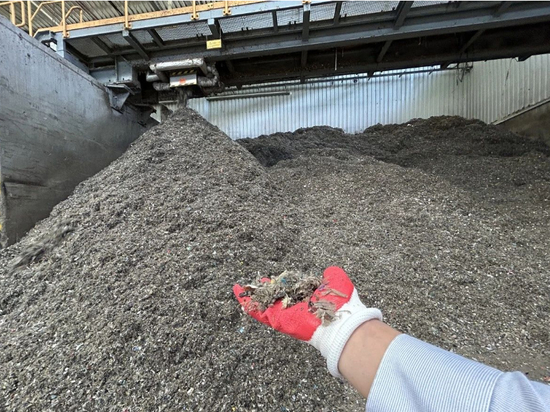
#Industry News
Landfill Mining: the next step of resource recovery and utilization
Landfill Mining: the next step of resource recovery and utilization
Most of the landfill waste comes from the solid waste generated in the daily life of the city or the activities providing services for the daily life of the city. However, the number and scale of existing landfills are far from enough to meet the growing demand for urban waste, especially at a time when every city is trying to build a "green" livable city. Therefore, recycling landfill waste is an inevitable trend.
Harm to the environment
For more than 100 years, people around the world have been dumping unwanted waste into landfills. What worries experts is that many landfills are located in suburban areas. In Europe, most of the "green" landfills still in operation are equipped with state-of-the-art environmental protection and gas collection systems, meaning they avoid environmental pollution and greenhouse gas emissions. But the picture is less rosy in other parts of the world, with the vast majority of landfills in regions such as Asia and Africa being outright dumping grounds. These landfills can cause serious environmental problems, such as local pollution issues (health, soil, and water), land use restrictions, and the global impact of greenhouse gas emissions.
Recovery potential value
Industrial residues can be produced in the production of aluminum, zinc, copper or steel. In many cases, these industrial residues contain large quantities of metals in short supply that are crucial to the development of technologies such as photovoltaic cells, new-energy vehicles or wind turbines. However, the common treatment method is to bury such solid waste, which wastes resources greatly. Strengthening the recovery of landfill is also beneficial to the treatment of MSW. Through the shredding, screening and reprocessing of landfill waste, the waste can be converted into directly recyclable materials (glass, metal, aggregate) and refuse-derived fuels (RDF), which can be used as high calorific alternative fuel. Using new plasma gasification technologies, it is also possible to convert this refuse-derived fuel into hydrogen and mineral residues, which can then be upgraded to green, low-carbon cement. Many landfills not only take up a lot of space, but also reduce the limited land resources, and are easy to breed pathogens, flies, and so on. Therefore, landfill waste recovery treatment can not only realize resource recovery and utilization, but also solve the problem of environmental pollution caused by landfill.
Necessary processing technology
As the main energy materials become increasingly scarce, the energy consumption of production activities is also increasing, the recovery of landfill can relieve the pressure of energy to a large extent. What we need to do is change the way we think about landfills. They should no longer be thought of as disposal points for waste, but as resources waiting to be activated. How to unlock this repository correctly and recycle classified materials is crucial.










